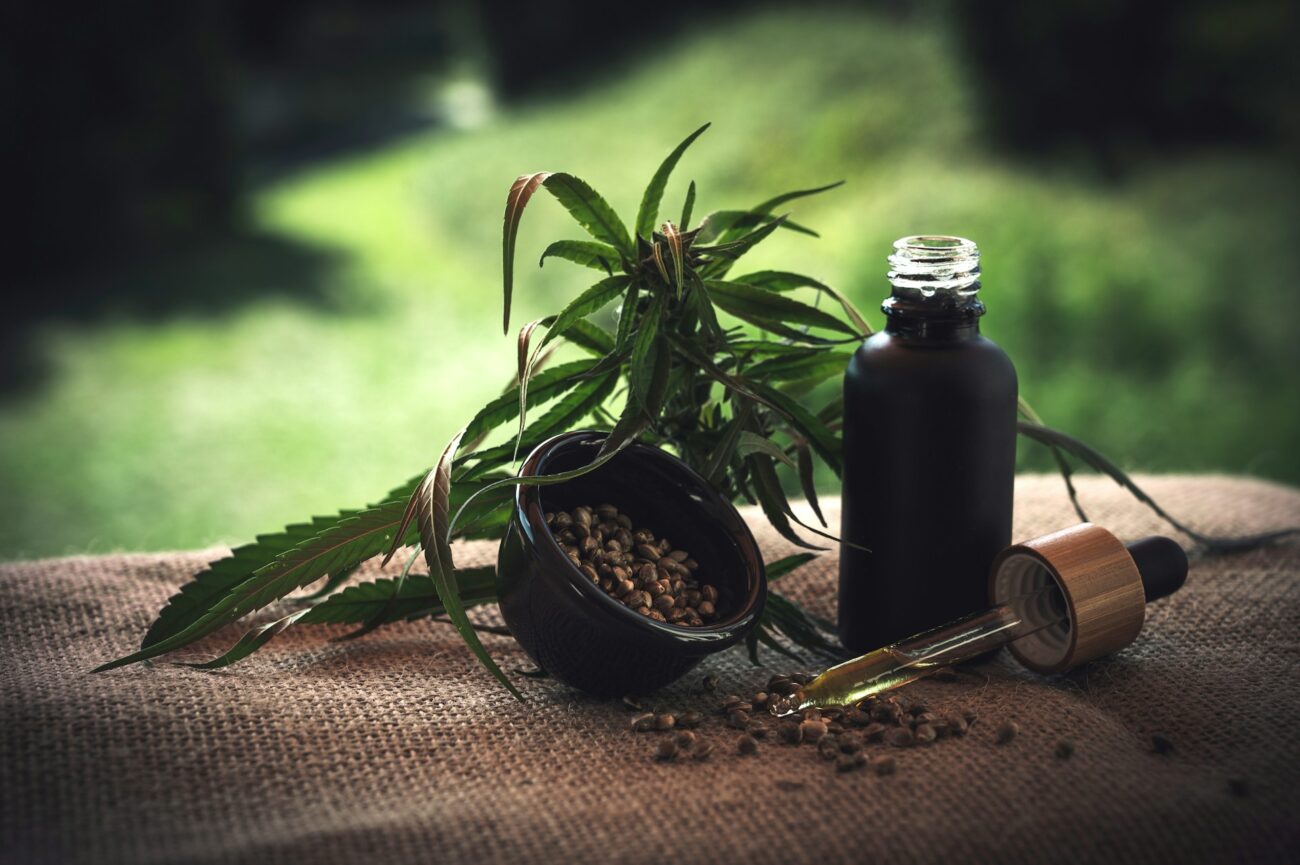Throughout human history, people have turned to the natural world for healing and sustenance. Long before modern pharmaceuticals, our ancestors learned which plants could ease pain, fight infection, or provide vital nutrition during times of need. This knowledge, passed down through generations, continues to serve those who venture into wilderness areas today. Whether you’re a hiker, camper, survivalist, or simply someone interested in natural remedies, understanding which plants can help in emergency situations might one day prove invaluable. This article explores nature’s pharmacy—the remarkable plants that can provide medicine when you’re far from civilization.
The Ancient Wisdom of Plant Medicine
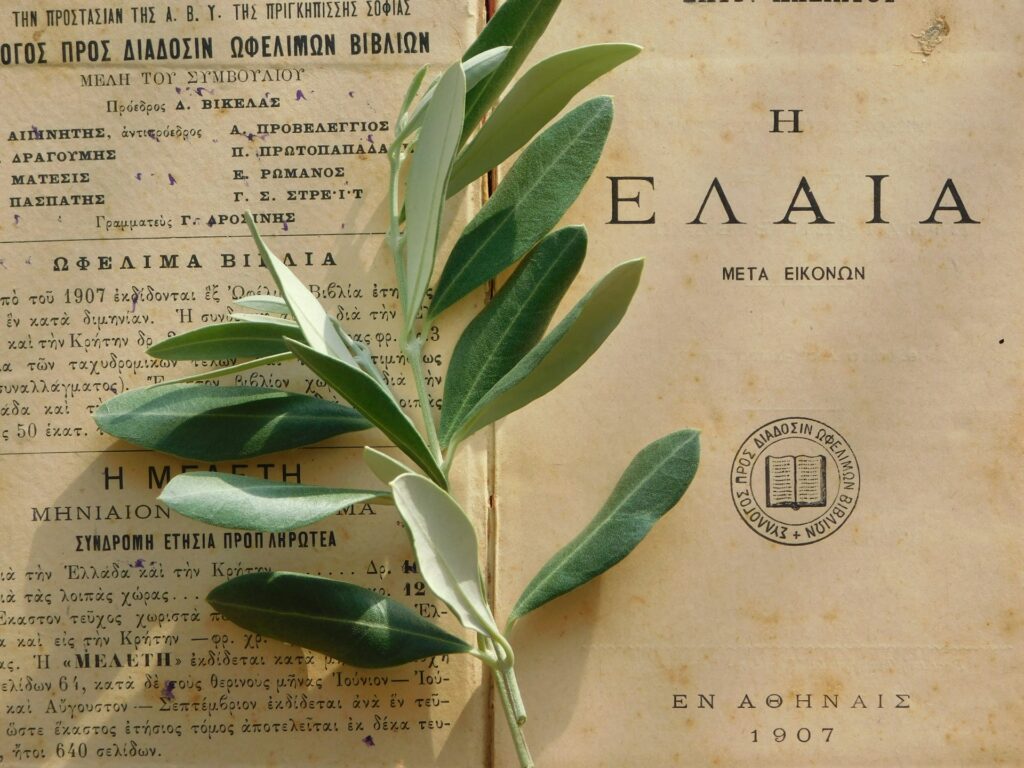
Plant-based medicines represent humanity’s original healthcare system, with evidence of herbal remedies dating back over 60,000 years. Indigenous cultures worldwide developed sophisticated botanical knowledge through centuries of observation and experimentation. This ethnobotanical wisdom helped communities treat everything from minor wounds to serious illnesses using plants found in their local environments. Many modern pharmaceuticals, including aspirin, morphine, and numerous antibiotics, were originally derived from plant compounds discovered through traditional use. Understanding these natural remedies connects us to our ancestors and provides practical skills for wilderness survival when conventional medicine isn’t available.
Ethical Wildcrafting and Plant Identification
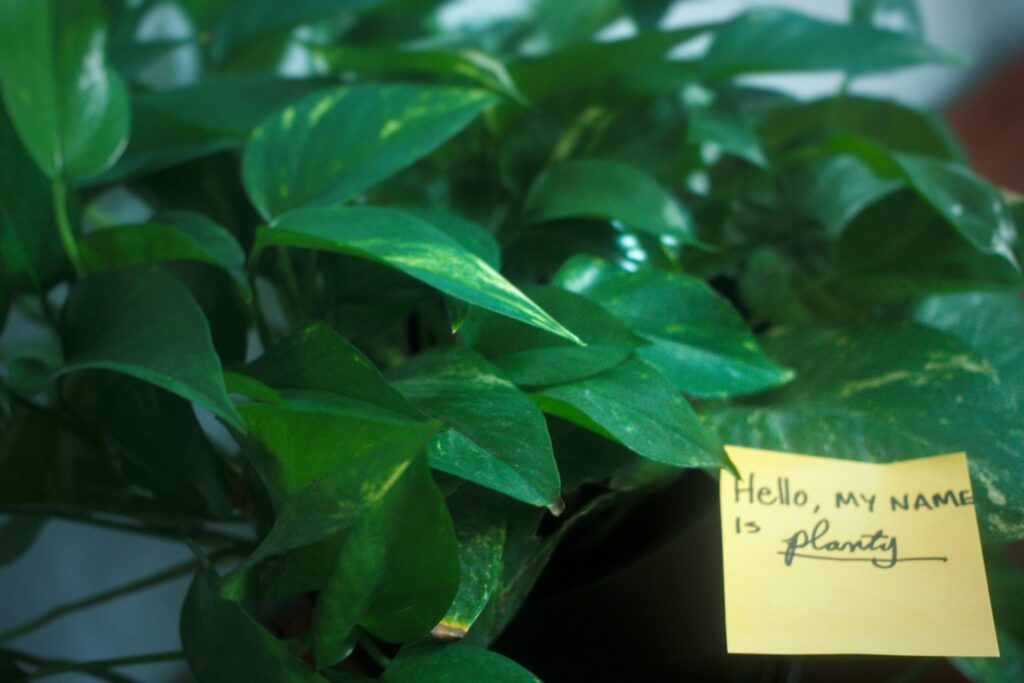
Before harvesting any wild plant for medicinal use, proper identification is absolutely essential, as many beneficial plants have toxic lookalikes that can cause serious harm or death. Invest time learning from experienced foragers, field guides specific to your region, and reputable plant identification apps before attempting to use wild plants medicinally. Always practice ethical wildcrafting by harvesting sustainably—never take more than one-third of a plant population, avoid rare or endangered species entirely, and harvest with minimal impact to the surrounding ecosystem. Remember that in national parks and many protected areas, collecting plants is illegal without specific permits, so familiarize yourself with local regulations before gathering.
Plantain: Nature’s First Aid Plant
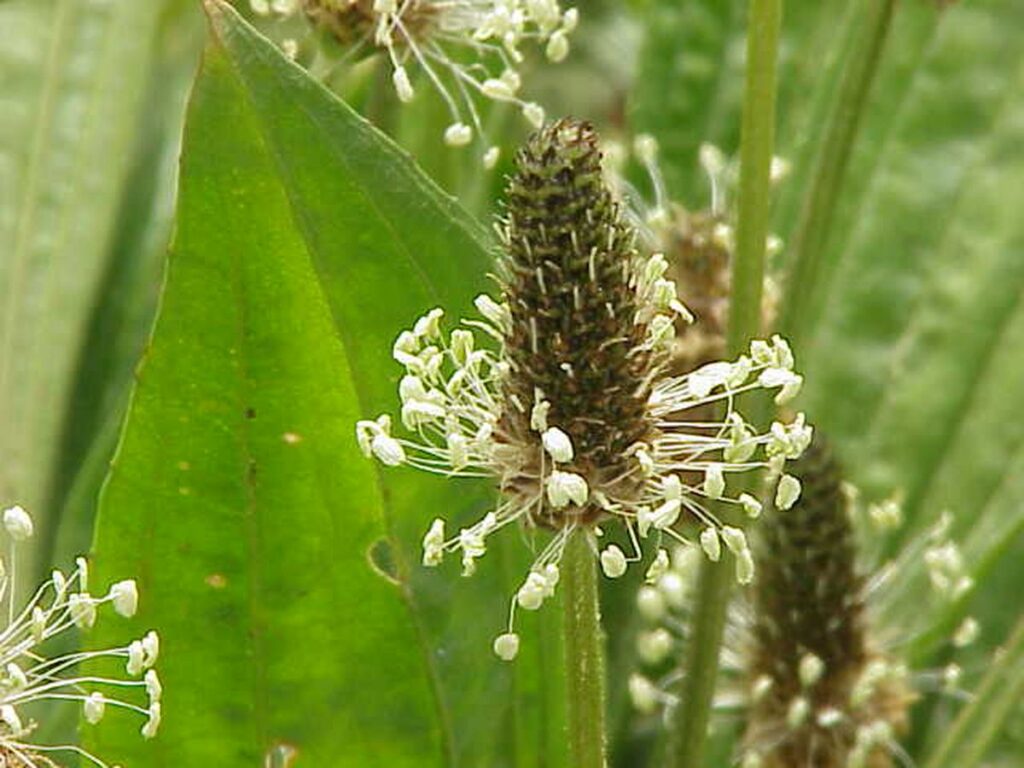
Plantain (Plantago major and Plantago lanceolata) is one of the most widespread and valuable medicinal plants, often found in yards, trails, and disturbed areas worldwide. This unassuming “weed” contains compounds with antimicrobial, anti-inflammatory, and astringent properties that make it excellent for treating insect bites, bee stings, minor cuts, and rashes. To use plantain in the wild, simply identify the plant by its distinctive parallel-veined leaves, clean a leaf, chew it briefly to release its medicinal compounds, and apply the resulting “spit poultice” directly to the affected area. Plantain can also be made into a tea to soothe digestive issues and coughs when you’re far from civilization.
Yarrow: The Wilderness Wound Healer
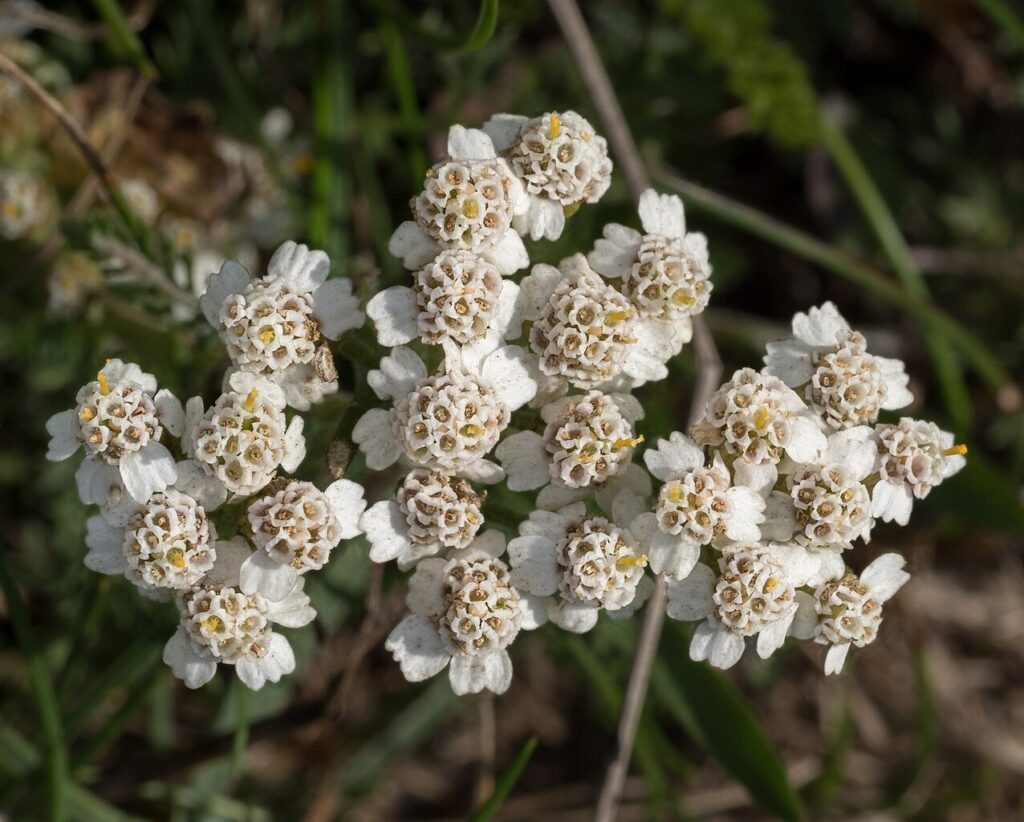
Yarrow (Achillea millefolium) has earned its reputation as “nature’s bandage” through centuries of battlefield use, including by Greek hero Achilles, from whom its scientific name derives. This hardy perennial with feathery leaves and flat-topped white or pink flower clusters contains compounds that help stop bleeding, fight infection, and reduce inflammation. When confronted with a cut or wound in the wilderness, clean the area as best possible, then crush fresh yarrow leaves and flowers and apply directly to the injury. The plant’s natural styptic properties help blood coagulate more quickly while its antimicrobial compounds help prevent infection—two critical functions when medical supplies aren’t available.
White Willow: Nature’s Pain Reliever
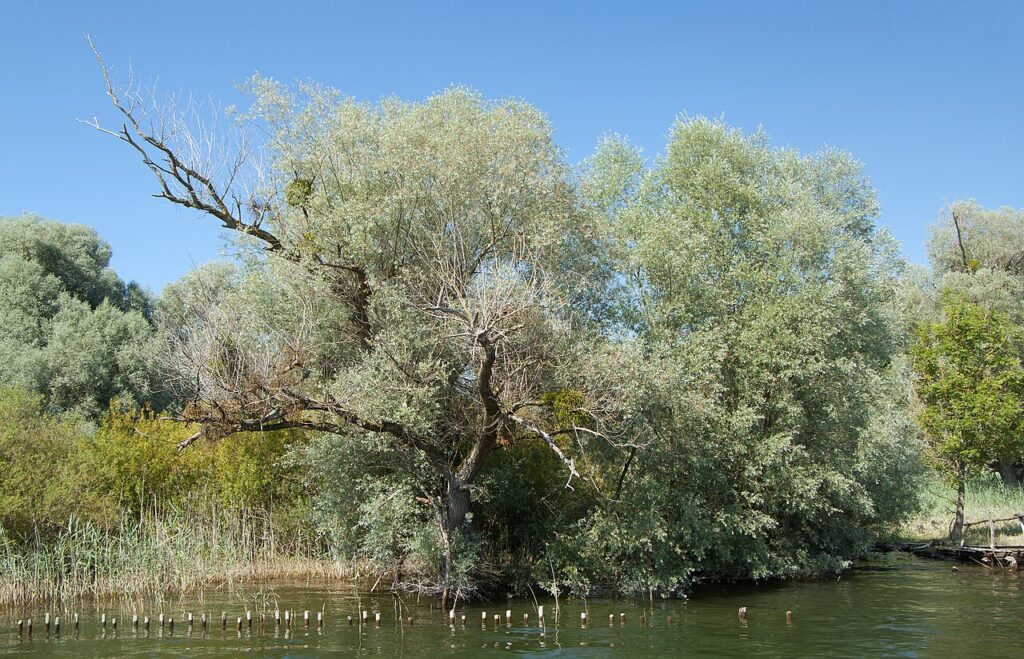
White willow bark (Salix alba) contains salicin, the natural compound that inspired the development of aspirin, making it an effective wild pain reliever and fever reducer. Native to Europe but now found worldwide near streams and wet areas, willows can be identified by their lance-shaped leaves and distinctive flexible branches. To utilize willow’s medicinal properties in a survival situation, carefully harvest small sections of bark from younger branches (never strip bark in a complete circle around a branch or trunk), and either chew the inner bark directly or steep it in hot water for 20-30 minutes to make a medicinal tea. While not as potent as commercial aspirin, willow bark can provide meaningful relief from headaches, muscle pain, and mild fevers when no other options are available.
Pine: The Versatile Vitamin Source

Pine trees (Pinus species) offer multiple survival benefits, with their needles providing one of the wilderness’s most accessible sources of vitamin C—essential for preventing scurvy during extended outdoor situations. Fresh green pine needles contain more vitamin C than lemons by weight and can be steeped in hot (not boiling) water to make a tea rich in both vitamin C and beneficial compounds called proanthocyanidins. Additionally, the sticky resin produced by pine trees has natural antimicrobial properties and can be applied directly to wounds as a protective covering in emergency situations. Pine’s inner bark (cambium layer) is also edible in true survival scenarios, providing carbohydrates and nutrients when food sources are scarce.
Cattail: The Wilderness Pharmacy
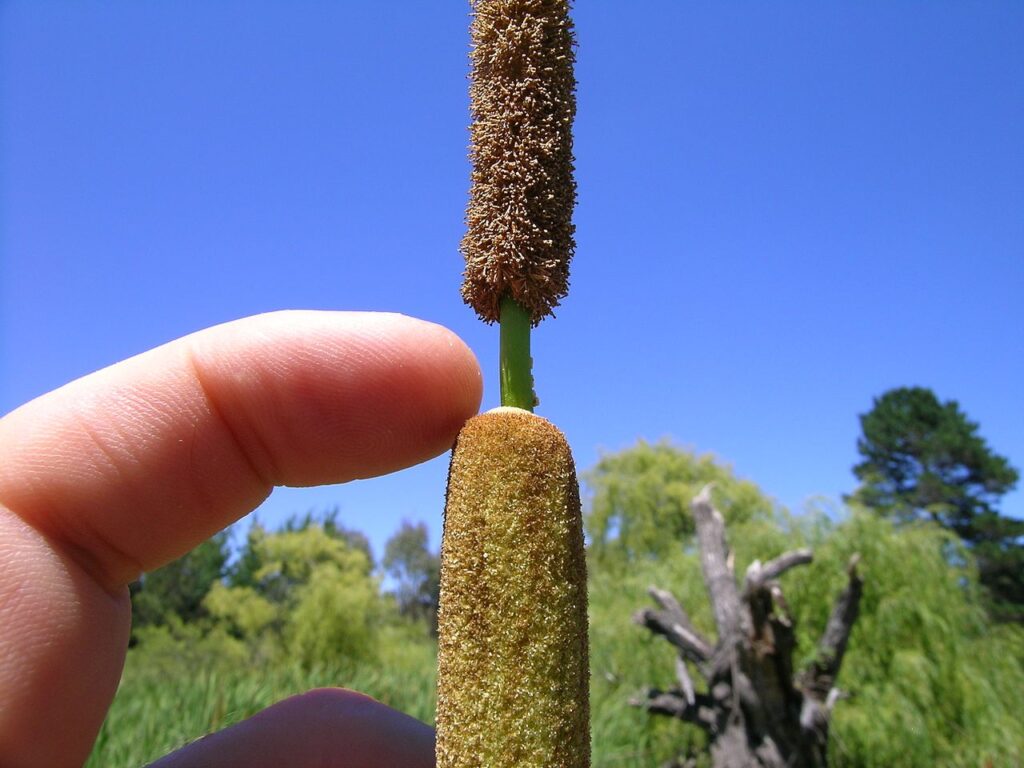
Cattails (Typha species) have been called the “supermarket of the swamp” for good reason, offering multiple medicinal and nutritional benefits in wilderness situations. The jelly-like substance found between young leaves contains compounds with antiseptic properties and can be applied directly to cuts, burns, insect stings, and blisters to reduce pain and prevent infection. The brown seed heads can be collected, dried, and used as a fluffy wound dressing similar to cotton when properly prepared. Beyond medicinal uses, nearly every part of the cattail is edible at certain times of year, with the starchy roots providing significant calories and the green flower spikes offering a nutritious food similar to corn on the cob when harvested in spring.
Stinging Nettle: The Nutritional Powerhouse
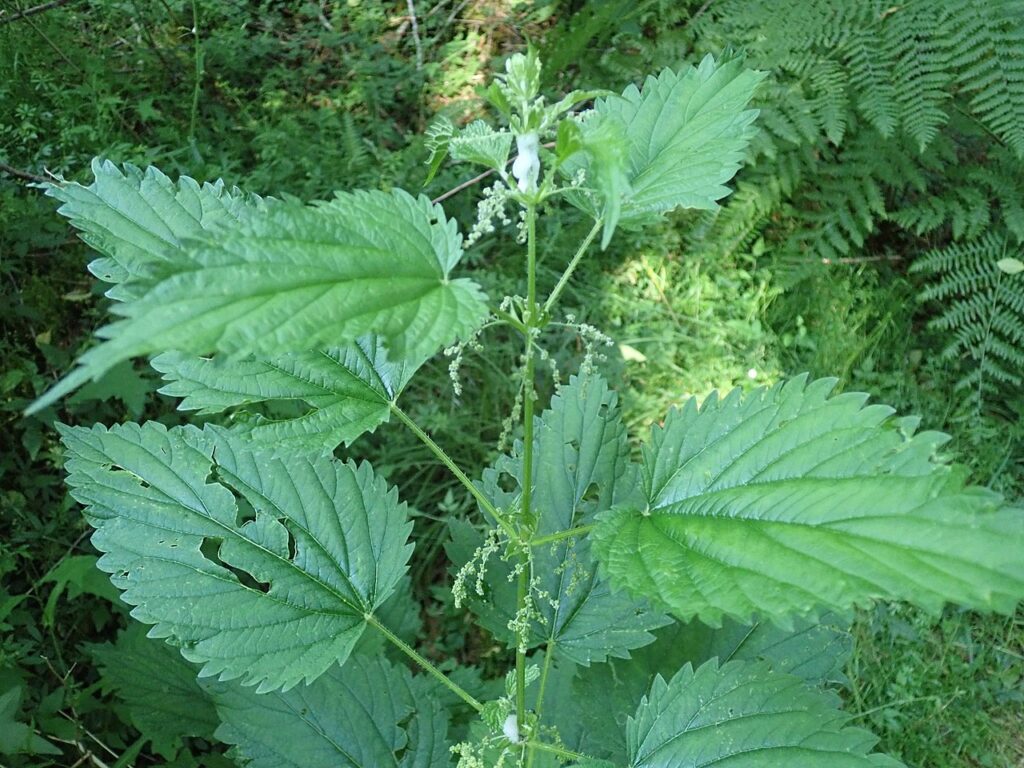
Despite its painful sting when touched, stinging nettle (Urtica dioica) ranks among the most nutritious wild plants available, packed with vitamins A, C, K, several B vitamins, and minerals including iron, calcium, and magnesium. In wilderness survival situations, this nutrient density makes nettle invaluable for maintaining strength and preventing deficiencies. To safely harvest nettles without being stung, wear gloves or use a thick cloth to grasp the stems, then cook the young leaves and stems thoroughly to neutralize the stinging compounds. Nettle also offers medicinal benefits, with research supporting its use for reducing inflammation, alleviating allergies, and improving urinary tract health—all valuable properties when conventional medicines aren’t available.
Birch: The Antiseptic Tree
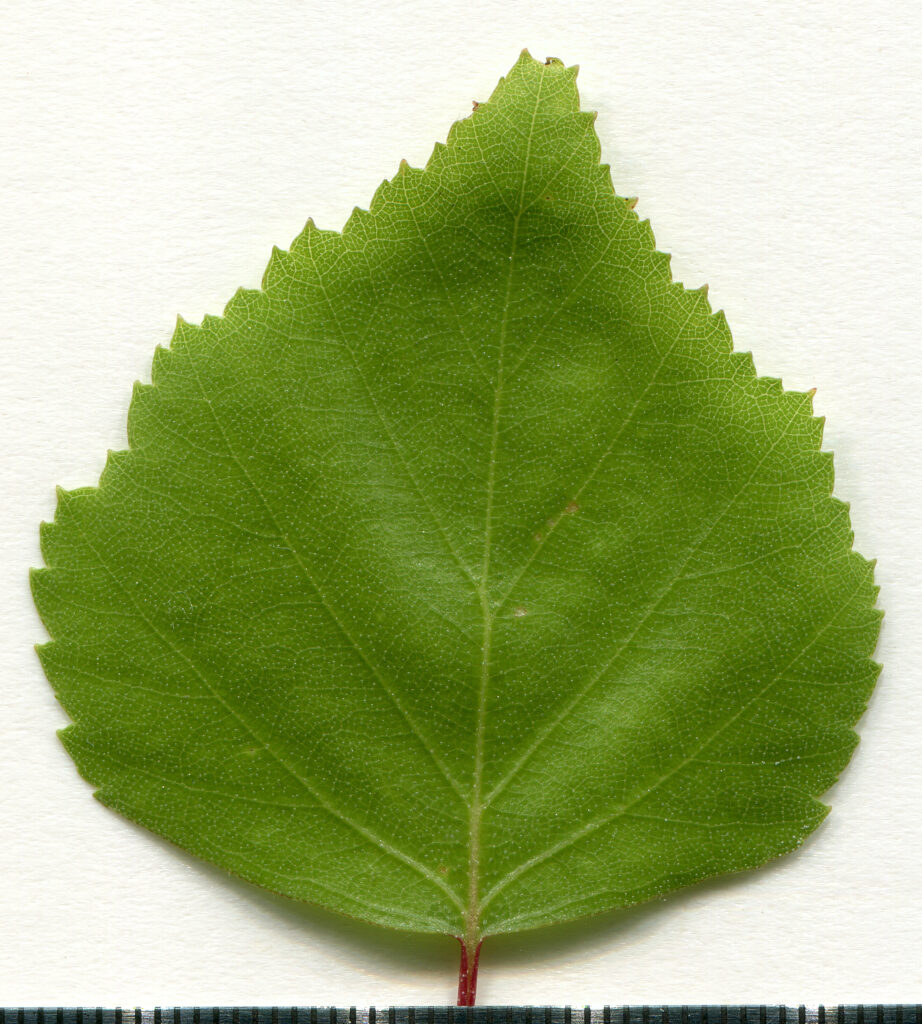
Birch trees (Betula species), easily identified by their distinctive white or reddish peeling bark, offer several medicinal benefits in wilderness settings. The bark contains methyl salicylate and betulinic acid, compounds with pain-relieving, anti-inflammatory, and antimicrobial properties. In survival situations, fresh birch bark can be applied to wounds, burns, or skin infections as a natural antiseptic dressing. Birch also produces a fungus called chaga (Inonotus obliquus) that grows on wounded areas of the tree and has been used in traditional medicine for centuries as an immune-strengthening remedy. Additionally, birch sap can be collected in early spring by carefully tapping the tree, providing a hydrating, mineral-rich liquid when water sources may be contaminated or unavailable.
Mullein: The Wilderness Respiratory Aid
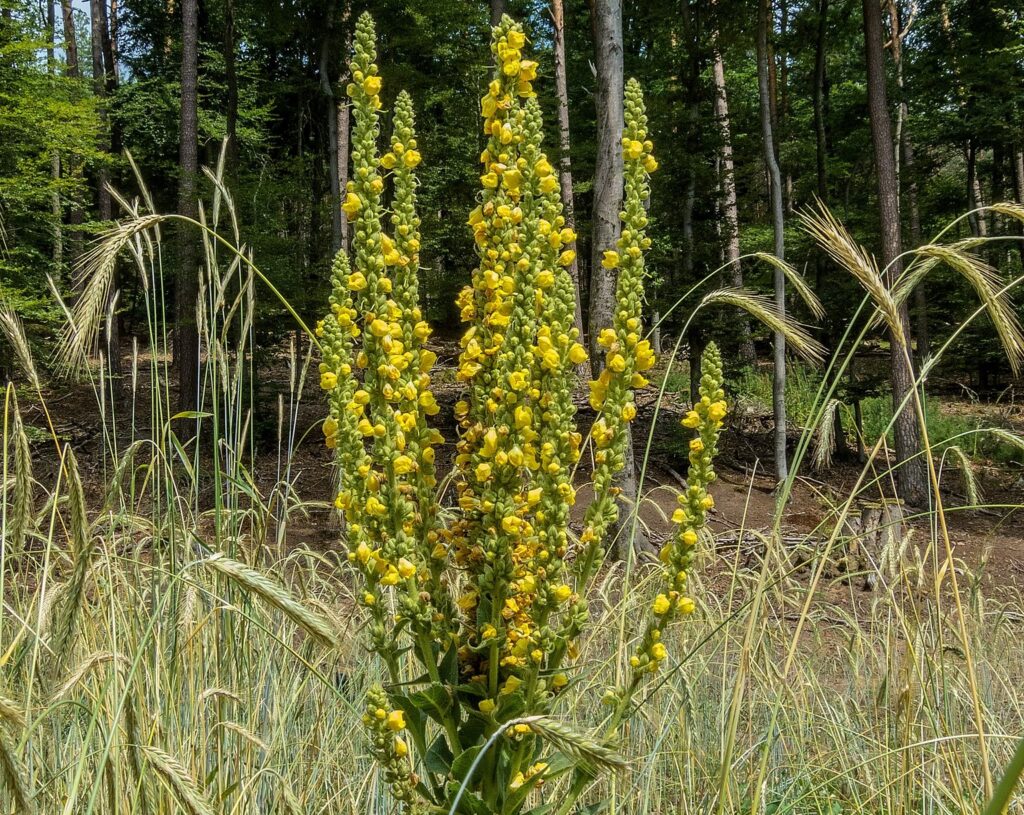
Mullein (Verbascum thapsus), with its tall stalk and distinctive soft, fuzzy leaves, has been used for centuries to treat respiratory conditions and is particularly valuable during wilderness expeditions where cold, damp conditions often lead to coughs and congestion. The large, velvety leaves contain mucilage and other compounds that help soothe irritated respiratory passages when prepared as a tea. In traditional practice, the yellow flowers were infused in oil to create ear drops for infections—a use supported by research confirming mullein’s antimicrobial properties. Beyond medicinal applications, the dried stalks were historically used as torch wicks when dipped in tallow, and the soft leaves can serve as natural toilet paper in survival situations, earning mullein the nickname “cowboy toilet paper” among wilderness enthusiasts.
Oak: The Astringent Healer
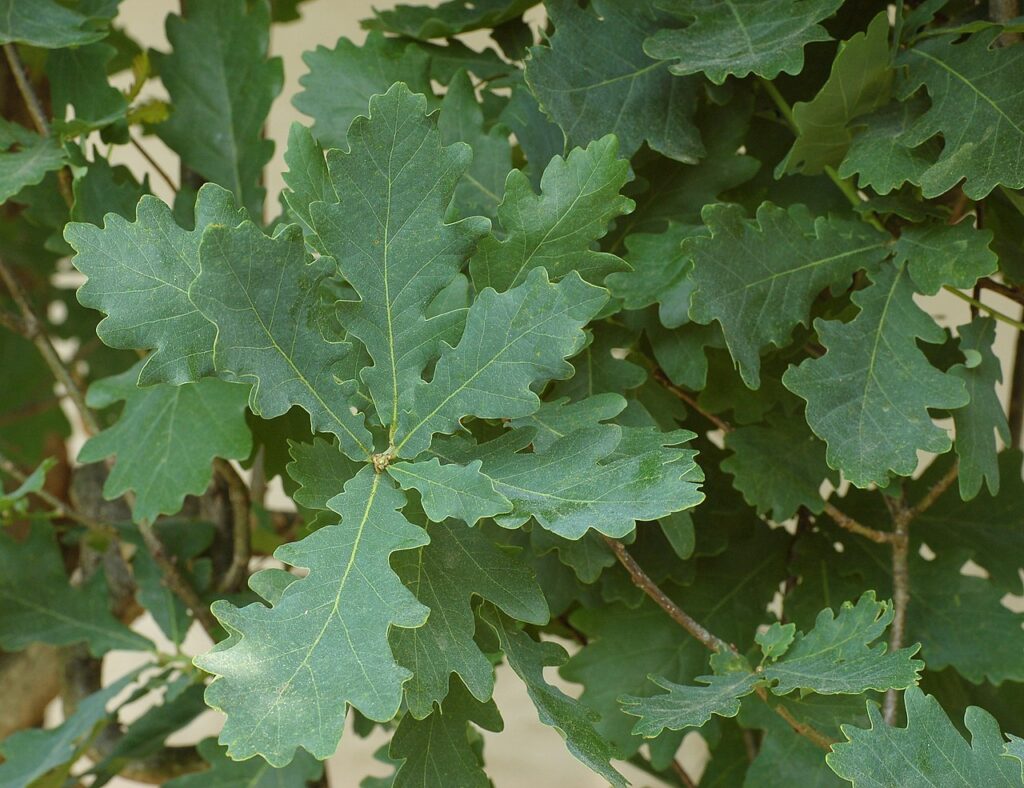
Oak trees (Quercus species) contain high levels of tannins in their bark and leaves, making them powerful astringents useful for treating diarrhea, bleeding, and various skin conditions in wilderness emergency situations. When suffering from diarrhea—a potentially dangerous condition in remote areas—a tea made from oak bark can help by tightening tissues and reducing fluid loss. For external wounds, burns, or skin irritations, a cooled oak bark tea can be applied as a wash or compress to reduce inflammation and create a protective barrier against infection. Additionally, acorns from oak trees can be processed by leaching out the bitter tannins to create an emergency food source rich in fats, proteins, and carbohydrates—though this process requires significant knowledge and preparation time.
Dandelion: The Complete Medicine Chest
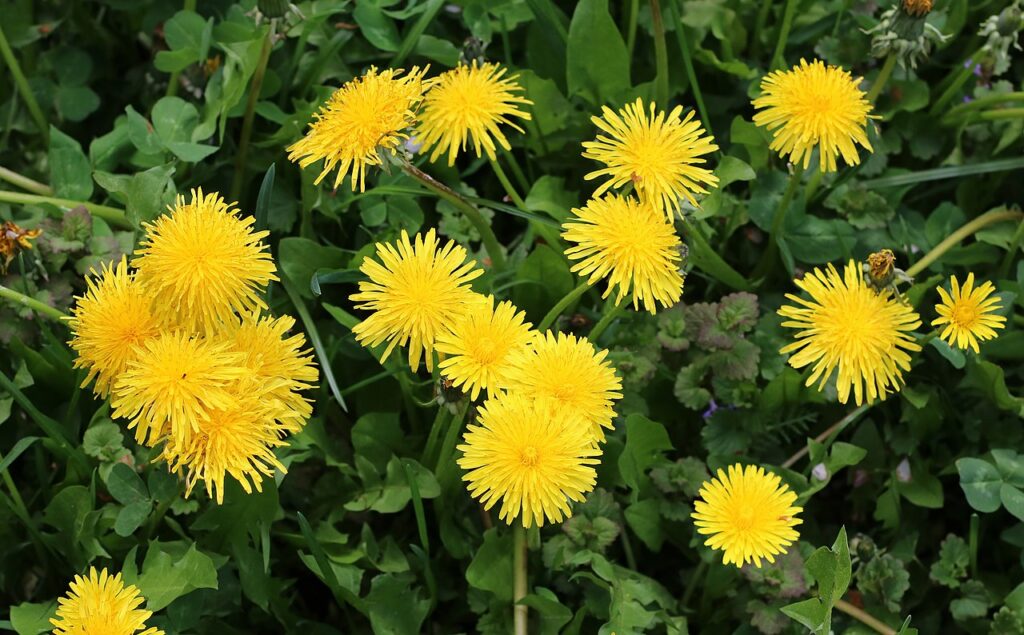
Dandelion (Taraxacum officinale), often dismissed as a lawn weed, is actually one of the most nutritionally complete and medicinally valuable plants available in the wild. Every part of this common plant has practical applications: the roots can be made into a tea that supports liver function and acts as a gentle diuretic to reduce swelling; the leaves provide exceptional nutrition with more vitamin A than carrots and more vitamin C than tomatoes by weight; and the flowers contain antioxidants and can be used topically as a soothing poultice for skin irritations. In survival situations, dandelion’s wide distribution, easy identification, and nutritional density make it an invaluable plant to recognize and utilize, especially in spring when its young leaves are tender and less bitter.
Preparing for Wilderness Plant Use
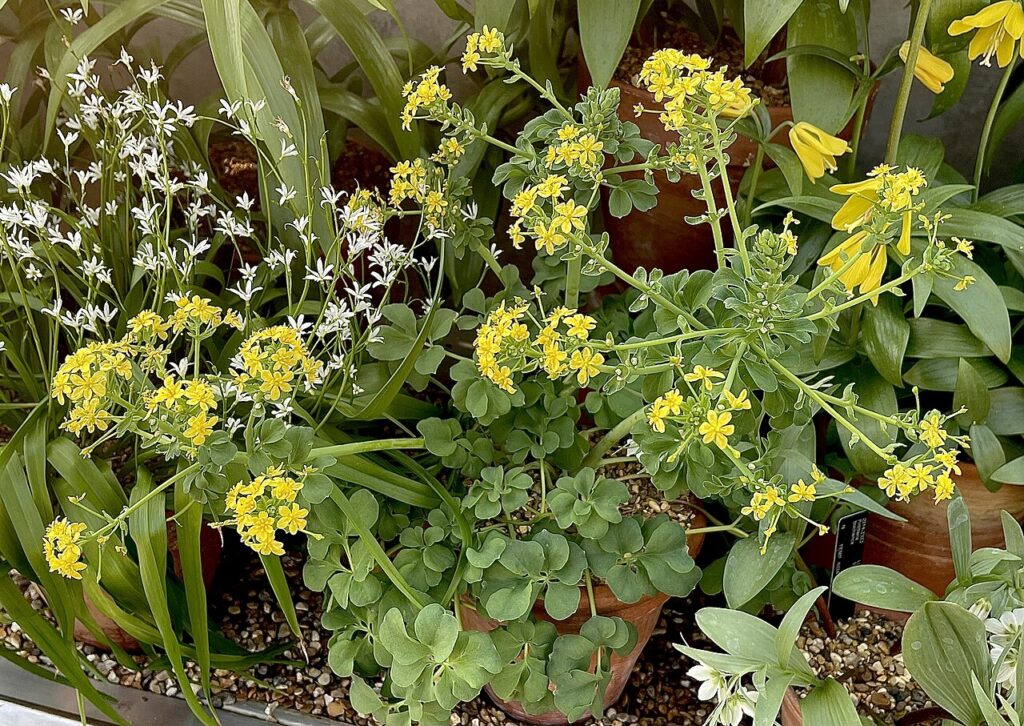
The most effective approach to wilderness plant medicine is preparation before you ever need it. Take time to learn about medicinal plants in your specific region through trusted field guides, workshops with experienced herbalists, and hands-on practice identifying plants in different seasons and growth stages. Create a personal “plant profile” notebook with photos, drawings, and notes about medicinal plants you’ve positively identified, including their uses, parts used, and any potential lookalikes. Consider taking a wilderness first aid course that includes botanical medicine components to understand when plant remedies are appropriate and when more advanced medical care is essential. Remember that while plant medicines can be incredibly valuable in emergency situations, they should complement rather than replace proper medical supplies and training.
Limitations and Safety Considerations
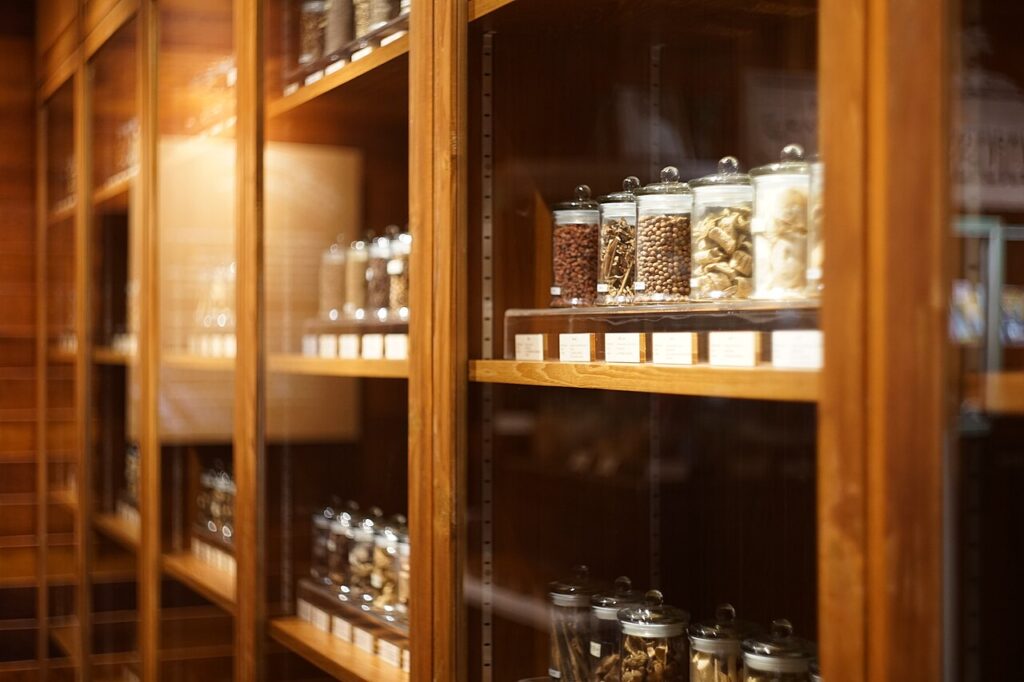
While wilderness plant medicine offers valuable options in emergency situations, it’s essential to understand its limitations and approach it with appropriate caution. Many medicinal plants can cause adverse reactions in certain individuals, interact with medications, or become toxic when used incorrectly or in improper doses. Pregnant women, children, elderly individuals, and those with chronic health conditions should be particularly cautious with wild plant remedies. Never ingest a plant you cannot identify with 100% certainty, as many edible and medicinal plants have toxic lookalikes that can cause serious harm or death. In wilderness situations, plant medicines are best used for minor ailments or as temporary measures until proper medical care can be reached—serious injuries or illnesses always warrant evacuation to medical facilities whenever possible.
Conclusion
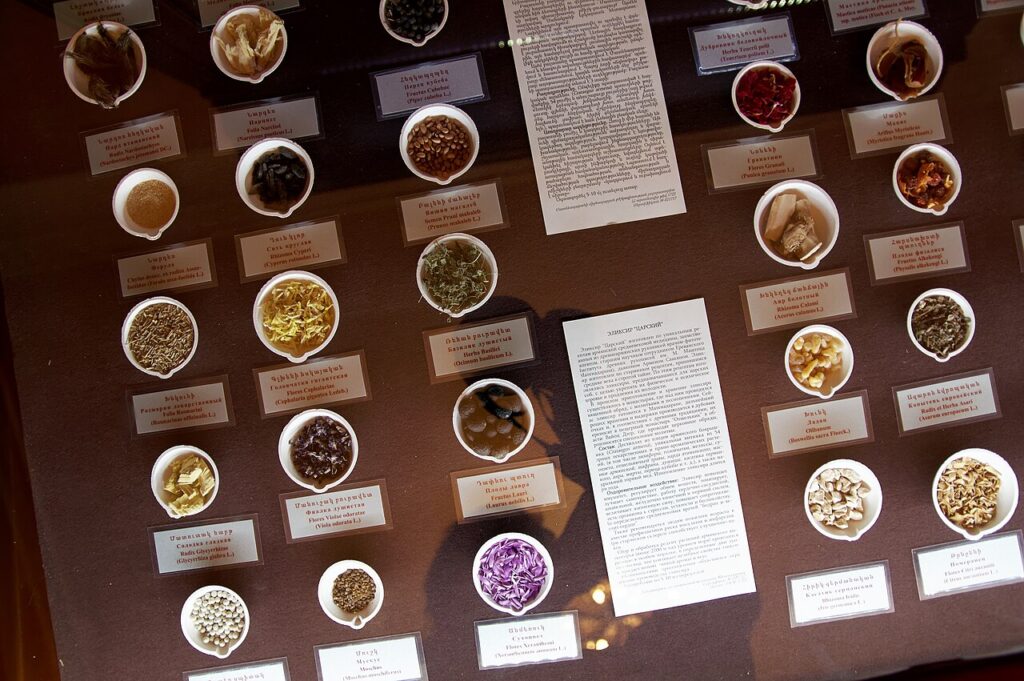
The natural world offers an extraordinary pharmacy for those with the knowledge to identify and use medicinal plants safely. These green allies have supported human health for thousands of years and continue to provide valuable options when conventional medicine isn’t available. By learning about the plants in this article and those native to areas you frequently visit, you develop a deeper connection to the landscape while acquiring practical skills that might one day prove essential. Remember that responsible wildcrafting means taking only what you need, harvesting sustainably, and treating the plant world with the respect it deserves. Nature’s medicine cabinet stands ready to help those who approach it with knowledge, caution, and reverence.

